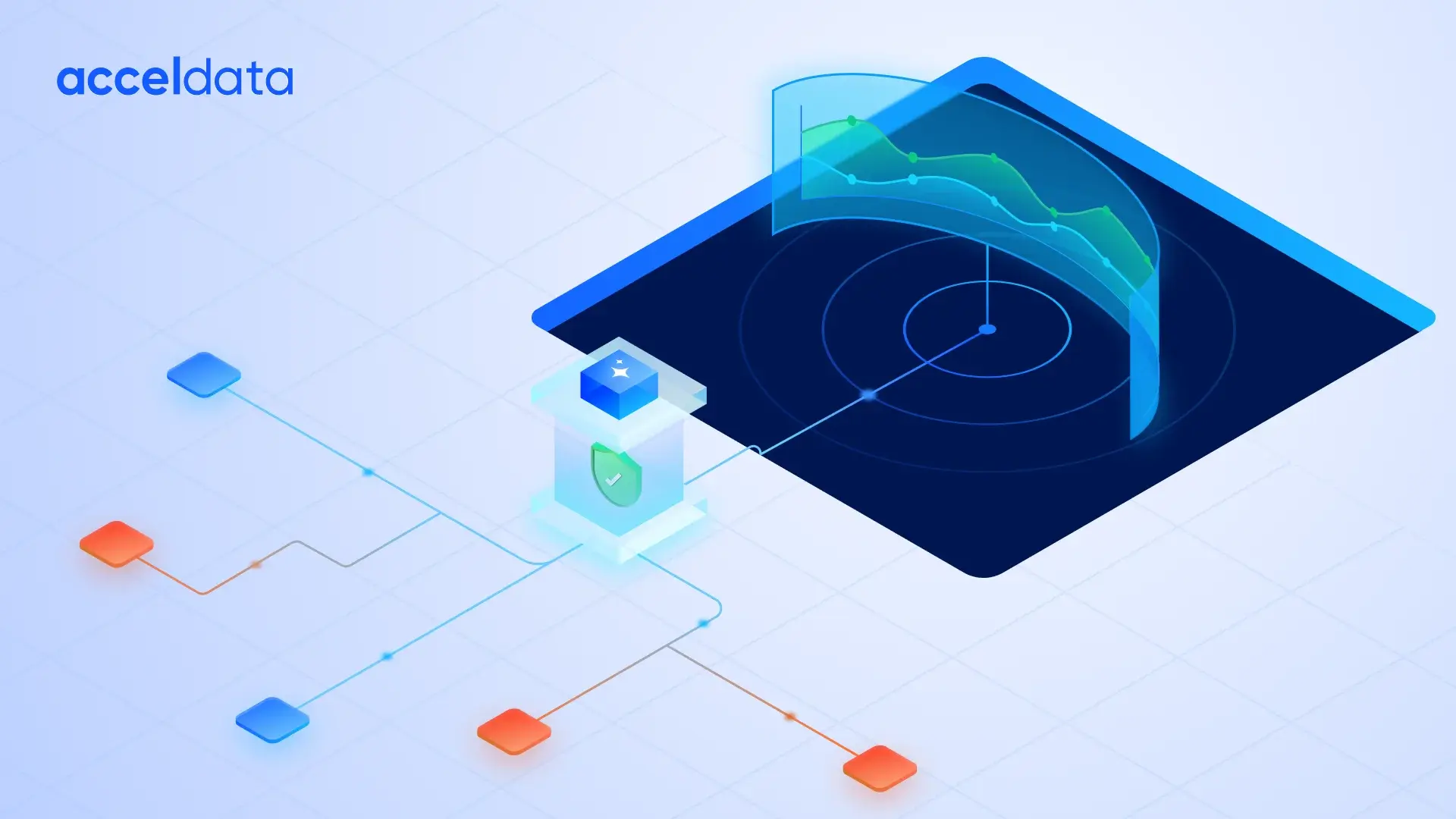Businesses increasingly rely on efficient data processing systems to manage vast information. Consider the example of a global bank that generates millions of transactions daily. Compiling end-of-day reports for regulatory compliance or financial reconciliation without an efficient batch processing system could take hours, delaying critical insights and risking penalties.
On the other hand, consider a stock trading platform that relies on real-time processing to execute trades instantly based on market fluctuations. A slight delay in processing these data streams could result in significant financial losses for both the platform and its users. Thankfully, such challenges are rare, thanks to the robust batch and stream processing pipelines that ensure seamless data management and timely execution.
These examples underscore how the absence of effective data processing—whether batch or real time—can impact business performance and customer satisfaction. According to a report, businesses generate over 2.5 quintillion bytes of data daily, underscoring the importance of selecting the right processing method to handle this data volume effectively.
This article explores batch processing vs stream processing, their differences, use cases, and how to determine the right approach for your business needs.
Understanding Batch Processing and Stream Processing
Batch and stream processing are two fundamental approaches to handling data. While both serve unique purposes, understanding their differences is key to leveraging them effectively.
- Batch Processing: Batch processing involves collecting and storing data over a period before processing it all at once. It’s ideal for tasks like payroll, billing, or large-scale data aggregation where real-time insights aren’t necessary.
- Stream Processing: In contrast, stream processing analyzes data in real time as it arrives, enabling immediate action. Applications like fraud detection, real-time monitoring, or stock market analysis heavily rely on this method.
Batch Processing vs. Stream Processing: A tabular comparison
Understanding the distinctions between batch and stream processing can help businesses decide which to implement based on their unique requirements.
Both methods have strengths and weaknesses, and choosing between them depends on factors like latency tolerance, data velocity, and business objectives.
When to Use Batch Processing vs. Stream Processing
Knowing when to leverage batch or stream processing can significantly enhance operational efficiency and decision-making. Each method has distinct strengths that align with specific business scenarios, making it crucial to choose the right approach for your needs.
- Batch processing: This approach is best suited for scenarios where:some text
- Data doesn’t need to be processed in real time, such as when generating monthly payrolls.
- Large volumes of historical data, such as retail sales trends, need analysis.
- Operational costs need to be optimized as batch processing is generally less resource-intensive.
- Stream processing: Stream processing should be prioritized when:some text
- Real-time insights, such as detecting fraudulent transactions, are critical.
- Businesses need to monitor continuous data streams from IoT sensors or social media feeds.
- Immediate action is required, such as alerting operators about equipment failures.
A hybrid approach combining both methods may be the most efficient solution for businesses juggling both real time and historical data needs.
Batch Processing and Stream Processing: Real-World Applications
Both batch and stream processing are widely used across industries, offering diverse applications that drive operational efficiency and improve decision-making.
- Batch processing applicationssome text
- Retail analytics: Retailers use batch processing to analyze historical sales data, enabling better inventory planning and promotional strategies.
- Financial reporting: Banks and financial institutions use batch processing for end-of-day transactions, data reconciliation, and generating financial statements.
- Healthcare research: Batch processing is crucial for analyzing large datasets in genomics or clinical trials to identify trends and insights over time. AstraZeneca’s genomics data processing solution runs 51 billion tests in a single day by performing batch processing using AWS Batch computing.
- Stream processing applicationssome text
- Fraud detection: Financial institutions use real-time stream processing of transactions to detect and alert fraud. PayPal uses stream processing to detect suspicious transactions in real time, minimizing risks by closely monitoring data.
- IoT monitoring: Manufacturing companies rely on stream processing to monitor equipment sensors, ensuring timely maintenance and reducing downtime.
- Stock market analysis: Stock market platforms require real time data feed to showcase prices and charts using stream processing. Platforms like Bloomberg’s B-PIPE use stream processing to provide traders with up-to-the-second market insights.
Companies like LinkedIn use Kafka, a leading platform for stream processing that enables real-time analytics by processing massive volumes of data streams with low latency. This helps them power their activity tracking systems, ensuring seamless processing of billions of events daily.
Factors to Consider Before Implementing Batch Processing and Stream Processing
Before adopting either processing method, businesses should evaluate several critical factors to ensure alignment with their goals and resources.
- Business objectives: Define whether the goal is real-time decision-making or analyzing historical trends. For example, fraud detection requires low-latency real-time processing, while annual financial reporting relies on batch processing.
- Data volume and velocity: Determine the scale and speed of data generation. High-velocity environments like IoT systems favor stream processing, while batch processing works better for large datasets collected over time.
- Latency tolerance: Assess how quickly decisions need to be made. Businesses with zero ETL tolerance for latency, such as online gaming platforms, must adopt stream processing.
- Cost and infrastructure: Evaluate the budget and resources required. Stream processing often demands robust infrastructure and higher costs, while batch processing is more economical.
- Compliance and security: Ensure that the chosen method adheres to industry regulations and protects sensitive data during processing.
How Acceldata Helps Implement Efficient Batch and Stream Processing
Implementing batch or stream processing can be complex, especially without the right tools or expertise. Acceldata simplifies this process by offering a comprehensive data observability platform that optimizes data processing workflows.
- Optimized data pipelines: Acceldata helps businesses build efficient data pipelines, minimizing latency and ensuring reliable real-time processing.
- Scalability: Acceldata’s data observability platform can help organizations scale their data systems effortlessly.
- Improved data quality: The platform ensures data accuracy and consistency, reducing errors in both batch and stream processing.
- Actionable insights: Acceldata provides end-to-end visibility into data streams, enabling teams to act quickly on critical business insights.
Request a demo today to discover how Acceldata can elevate your data strategy.
Summary
Choosing between batch processing and stream processing is not a one-size-fits-all decision. Each method offers unique benefits and challenges, and the right choice depends on factors like latency requirements, data velocity, and business goals. While batch processing excels in handling large-scale historical data, stream processing is indispensable for real-time insights and immediate action.
By understanding the strengths of each approach and leveraging platforms like Acceldata, businesses can create data strategies that are not only efficient but also scalable and impactful.













.webp)
.webp)


